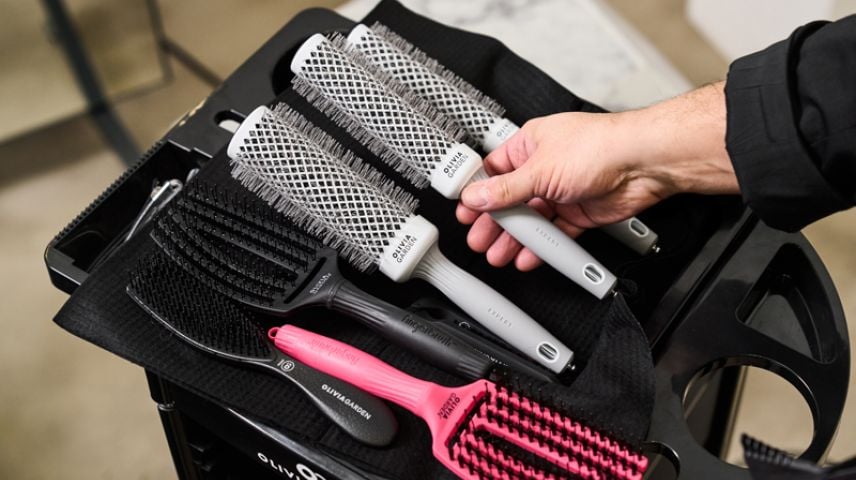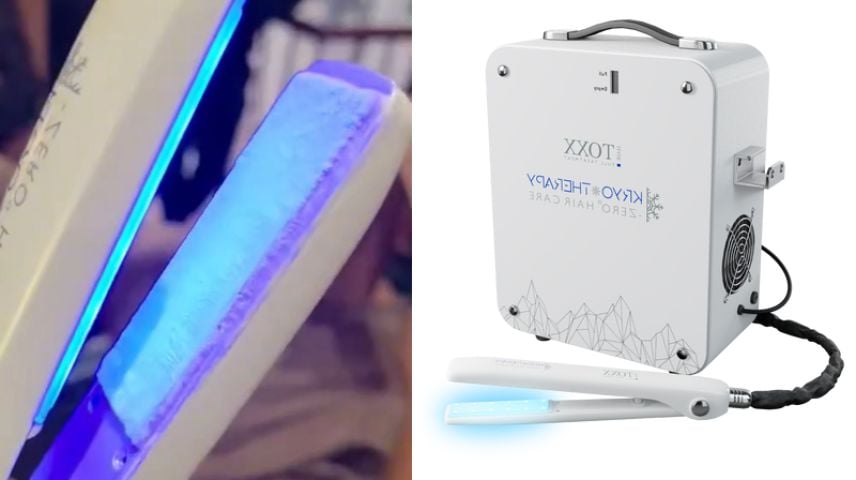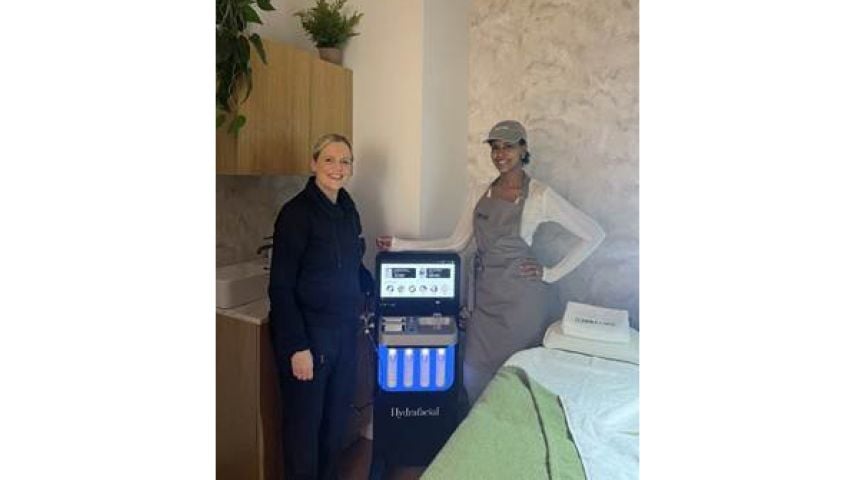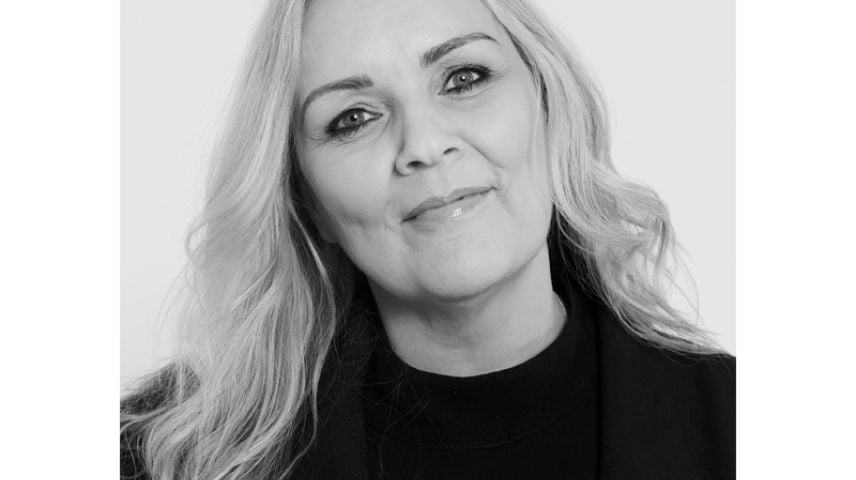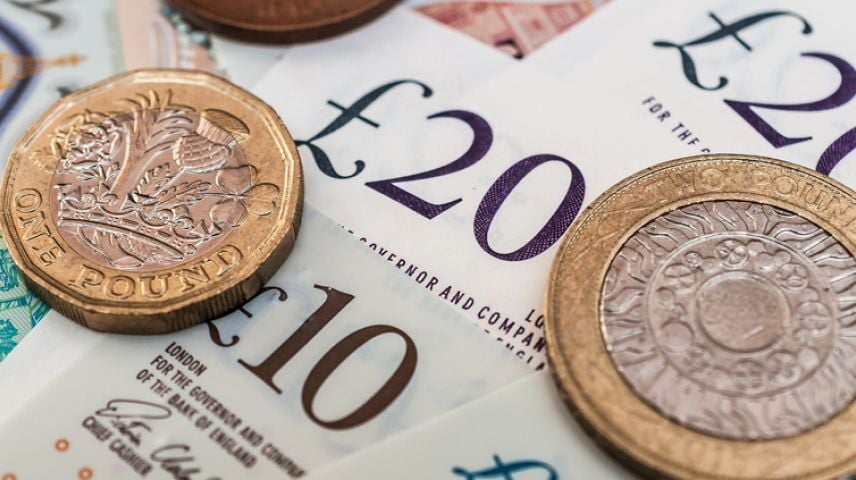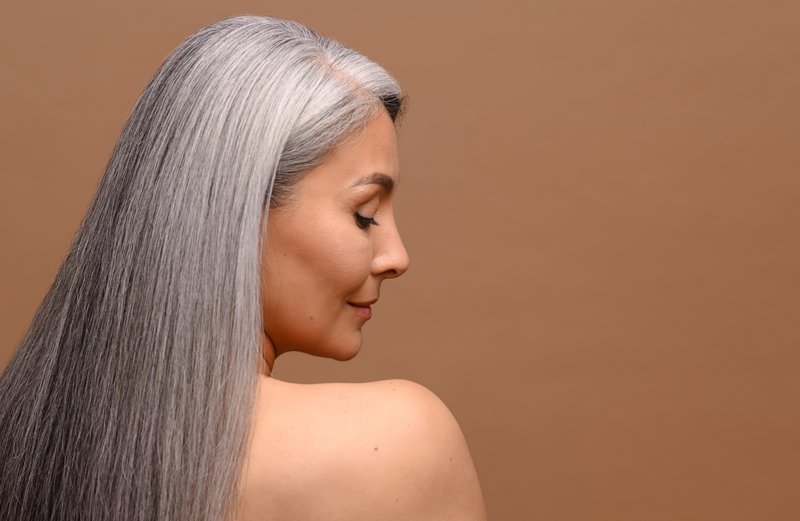Menopause and perimenopause can be a difficult time for a lot of women, especially when it impacts the hair.
Menopause certainly should not be a signal to suffer from hair thinning or loss. Nor should menopause be a taboo subject that should not be talked about. Instead, it is a time to become empowered and to take control.
The average age of menopause is around 50-55 years, with perimenopause from 45-50, although these can vary greatly from woman to woman. These stages are a time when your body goes through big hormonal changes. During perimenopause, hormone levels can begin to fluctuate causing changes to the menstrual cycle. These fluctuating cycles can lead to a depletion in Serum Ferritin, our stored iron. Low ferritin levels can lead to excessive hair shedding, so it’s important to keep your ferritin levels up throughout this time to keep your hair glowing and healthy.
As hormones continue to shift, many women notice a reduction in hair length and volume. This is due to a decrease in oestrogen and progesterone. Oestrogen is particularly beneficial to the hair, as it helps to keep hair in the growing phase for longer. For women who are sensitive to testosterone, hair thinning can be more noticeable. The drop in oestrogen levels causes a higher ratio of testosterone to be present in the body, allowing for a stronger negative effect on your hair follicles. If there is a history of male or female pattern hair loss in your family, you may be more sensitive to this.
Symptoms to look out for
- Your hair is not growing as long as it used to
- Your parting is wider
- Your scalp is more visible around the crown of your head
- A recession at your temples
- A loss of density at your frontal hairline
- A reduction in the thickness (volume) and length of each strand
- Your ponytail is thinner
Things you can do for menopausal hair problems…
- Up your protein intake to encourage hair growth
- Start taking a hair specific supplement such as GLOWWA to help you achieve the correct balance for healthy hair growth
- Manage stress levels by keeping active – Yoga, walking, going for a bike ride, find something you love to do as activity and exercise can help combat other side effects that come with the menopause such as mood swings, weight gain and insomnia. All of these are important in maintaining a good hormonal balance which ultimately promotes healthy hair growth.
- Eating a balanced diet is your best defence against hair loss; you are what you eat couldn’t be truer when it comes to your hair. Make sure your diet includes a balance of protein, whole grains, fruits and vegetables at every meal. It is important to ensure that you have some mono-unsaturated oils such as olive oil as well as essential fatty acids too.
- Use a good shampoo and conditioner to keep your hair and scalp clean, balanced and moisturised. When using heated styling tools, dial down the heat and use heat protection products to support your hair’s overall health.
- Prescription scalp drops such as Minoxidil from your trichologist often contain anti-androgenic hormones and follicle stimulants. Most clients see improved hair density within 3–6 months, with maintenance required for ongoing results.
- Hormone Replacement Therapy (HRT) restores oestrogen to pre-menopausal levels, relieving symptoms such as hot flashes, mood swings, and osteoporosis. In some cases, HRT can also improve hair thinning. It’s important to discuss hair concerns with your doctor, as some HRT combinations are more hair-friendly than others.
Tips for helping the hair’s appearance
Even as hair thins, certain styling choices can help create the illusion of fuller hair:
- Colouring and bleaching: Plumps hair shafts for more volume.
- Choose hair shades close to your scalp colour: Helps disguise scalp visibility.
- Root concealers: Cover grey or sparse areas between colouring sessions to narrow partings.
- Use gentle, volumising products tailored to thinning or delicate hair.
- Condition mid-lengths and ends only to avoid weighing down roots.
- Avoid excessive heat styling where possible and always use a heat protectant.
- Regular pre-shampoo conditioning treatments can help maintain strength and elasticity.
Talk to Your GP
If you are finding the menopausal transition difficult to cope with, talk to your GP about hormone replacement therapy (HRT). HRT can return oestrogen levels to an average pre-menopausal level, while also helping with hot flashes, mood swings and osteoporosis and not least, hair thinning. There are risks involved with HRT, so talking it through with your GP really would help. If you do decide to go ahead with HRT, do tell your doctor about your hair concerns as some HRT treatments are hair-friendly whilst others are not and can exacerbate your hair thinning. Trichologists are aware of which HRT treatments are good for the hair and together with your GP could help determine the best treatment for you.
Changes in hair density can affect confidence and self-image. It’s normal to feel frustrated or self-conscious during this transition. Seeking guidance from a trichologist or exploring styling techniques with your stylist can help you manage these changes while maintaining healthy hair.
